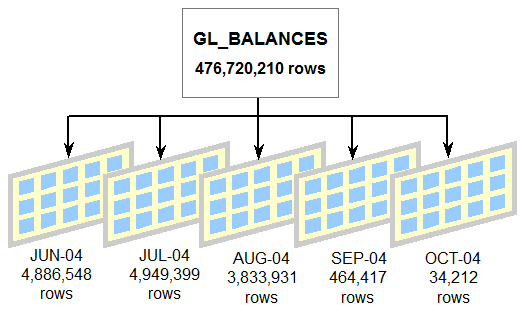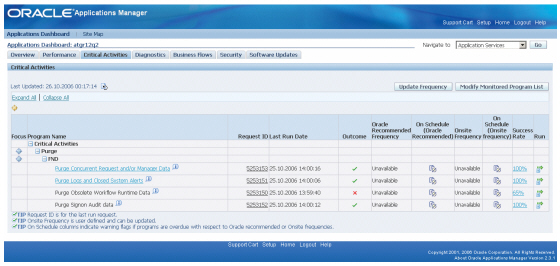
Ahmed Alomari and Mohsin Sameen put together an excellent OpenWorld 2006 session on optimizing the performance of E-Business Suite environments via partitioning and purging. Starting with a quick survey of how partitioning has changed from the Oracle 8 database release all the way up to Oracle 10g, Ahmed and Mohsin then dive into:
- Overview of partitioning benefits and some Apps modules that take advantage of this out-of-the-box, and custom partitioning
- Technical advantages, such as backup, index rebuild, and Cost Based Optimization (CBO ) implications
- Integration with Information Lifecycle Management (ILM) for data storage on lower-cost storage devices
- Techniques and relative merits of range, list, hash, and composite partitioning
- In-depth discussion of index partitioning methods, including the new Global Hash Partitioned (prefixed) capabilities in 10g
- Useful data dictionary views for partitioning
- Before and after comparisons, and actual customer case studies with real statistics
- Review of purging and archiving programs shipped out-of-the-box with the E-Business Suite
- Samples of typical customer purging runs
- Review of the latest Purge Portal released with the E-Business Suite 11.5.10
- Sneak previews of Release 12 enhancements to the Purge Portal, like this (I can’t resist a screenshot):

- Partitioning and Purging Best Practices for Oracle E-Business Suite (PPT, 2.6 MB)
(Username: cboracle, Password: oraclec6 to download) - Using Database Partitioning with the E-Business Suite
- Apps Technology OpenWorld 2006 Presentations Now Available
